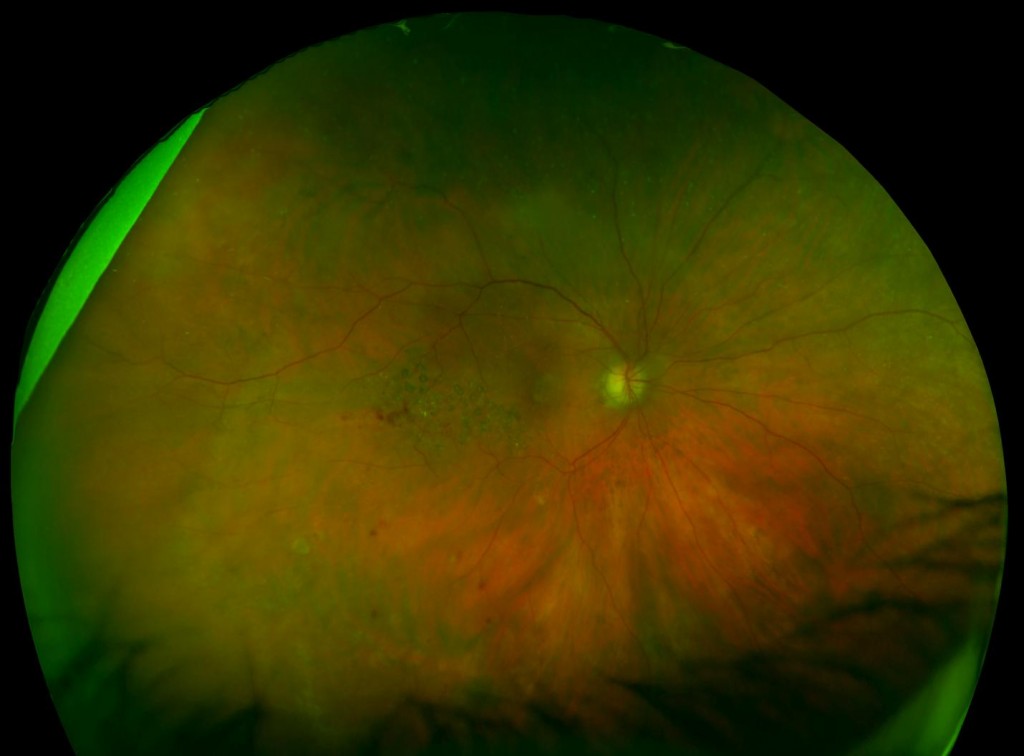It’s well-known that Type 2 diabetes can lead to diabetic retinopathy, which is the leading cause of blindness in patients under 50 years of age. We also know that obesity can lead to the development of Type 2 diabetes. With both of these facts, it seems logical correlate the amount of body fat a patient has with their propensity to develop this disease. Interestingly enough, though, studies are showing that there is no correlation between the two after all.
One particular study published in the National Library of Medicine concluded that there was no correlation between distribution of body fat, adipokine secretion and diabetic retinopathy. The research was conducted with a group of 179 individuals diagnosed with Type 2 diabetes. The scientists used MRI as a tool to measure body fat distribution and visceral fat.
With classifications used by the American Academy of Ophthalmology, patients were divided into three groups: those who had no sign of diabetic retinopathy, patients who had mild or moderate retinopathy and patients with advanced or severe cases. The latter group included proliferative and diabetic retinopathy treated with lasers.
It was discovered that patients in all three groups had similar concentrations of various fat accumulation, which indicates that this was likely not the cause of their diabetic retinopathy. In the study, it was discovered that patients with the disease had lived with Type 2 diabetes significantly longer than the group that did not, and that they also had higher levels of creatinine and macroalbuminuria, both of which suggests higher levels of kidney dysfunction.
While these results are significant, there is more research to be done on the subject. Patients with Type 2 diabetes should still maintain a healthy weight and manage their blood glucose levels to the best of their ability. These patients should also have regular eye exams, including a retinal exam in order to diagnose and begin treatment as soon as possible if there are signs of retinopathy development.
Optos would like to remind you that ultra-widefield retinal imaging technology is your patients’ best chance to receive early diagnosis and treatment of retinopathy related to their diabetes. We invite you to contact us to learn how our award-winning technology can help advance your practice.
Image Source: Optos – Diabetic Retinopathy with Mac Grid
